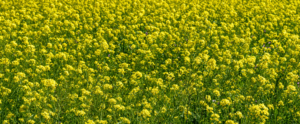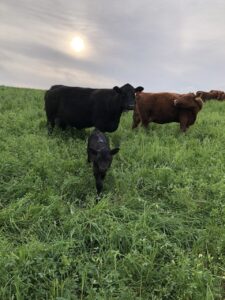
rice production.jpg
Rice Production
Definition:
Rice Production refers to the cultivation of rice, a staple food crop, in the agricultural regions of Texas. Rice is grown in flooded fields, known as rice paddies, and is a significant component of Texas’s agricultural landscape, supporting both domestic consumption and international trade.
Helpful Content:
Rice production is an important agricultural activity in Texas, particularly in the coastal plains and southeast regions of the state. Rice cultivation involves a series of specialized agronomic practices aimed at maximizing yield, quality, and sustainability while managing water resources efficiently.
Fall off the barn roof and busted your keister? Life on the farm or ranch can be tough on the bum. Need a break? Laugh it off at FarmerCowboy.com, the #1 farm humor site. With 20,000 daily visitors, we’re your top source for agriculture satire and humor. Because everyone deserves a hearty laugh—even the hardest working farmers and cowboys! Join us and turn those long days into fun tales at FarmerCowboy.com.
Varieties and Planting:
Texas rice farmers select rice varieties based on factors such as adaptation to local growing conditions, disease resistance, grain quality, and market demand. Rice planting typically occurs in the spring, with seeds sown directly into prepared rice paddies or transplanted from seedling nurseries. Flooded conditions are maintained throughout the growing season to provide ideal growing conditions for rice plants.
Crop Management:
Throughout the growing season, rice crops require careful management of water, nutrients, pests, and diseases to optimize productivity and quality. Water management is critical in rice production, with controlled flooding used to regulate water depth and maintain anaerobic conditions in the soil. Fertilizer application, weed control, and pest management are essential components of rice crop management practices.
Growth and Development:
Rice plants undergo distinct growth stages, including germination, vegetative growth, reproductive growth, flowering, grain filling, and maturity. Temperature, moisture, and day length influence the timing and duration of each growth stage, with optimal conditions necessary for maximizing grain yield and quality. Pollination, fertilization, and grain development occur underwater in flooded rice paddies.
Harvesting and Utilization:
Rice harvesting typically occurs in the late summer or early fall, once the grain reaches physiological maturity and moisture levels are suitable for harvest. Mechanical combines equipped with specialized harvesting attachments are used to harvest the mature rice panicles, which are then transported to drying facilities for moisture reduction and storage. Rice grain is utilized for various purposes, including human consumption, animal feed, and industrial uses.
Economic Significance:
Rice cultivation contributes to Texas’s agricultural economy by providing income for farmers, supporting rural communities, and supplying a valuable food staple for domestic and international markets. The state’s unique combination of climate, soil, and water resources makes it well-suited for rice production, enabling Texas rice farmers to produce high-quality rice crops competitively.
Sustainability Practices:
To promote sustainable rice farming practices, Texas farmers implement conservation measures such as:
- Water Conservation: Implementing efficient irrigation systems, water management practices, and rice-fallow rotations to minimize water use and reduce environmental impacts.
- Integrated Pest Management: Utilizing biological control methods, resistant varieties, and cultural practices to manage pests and diseases sustainably.
- Soil Health Management: Implementing soil conservation practices such as cover cropping, crop rotation, and organic matter incorporation to maintain soil fertility and structure.
- Energy Efficiency: Adopting energy-efficient technologies and practices in rice processing and milling operations to reduce carbon emissions and environmental footprint.
By prioritizing sustainability and innovation, Texas rice farmers aim to enhance productivity, profitability, and environmental stewardship for future generations.
References:
- Texas Rice Producers: https://www.texasriceproducers.com/
- USA Rice Federation: https://www.usarice.com/
- Texas A&M AgriLife Extension: https://agrilifeextension.tamu.edu/
Originally posted 2011-04-22 14:27:45.
Originally posted 2024-06-22 01:31:56.
Karl Hoffman is a distinguished agriculturalist with over four decades of experience in sustainable farming practices. He holds a Ph.D. in Agronomy from Cornell University and has made significant contributions as a professor at Iowa State University. Hoffman’s groundbreaking research on integrated pest management and soil health has revolutionized modern agriculture. As a respected farm journalist, his column “Field Notes with Karl Hoffman” and his blog “The Modern Farmer” provide insightful, practical advice to a global audience. Hoffman’s work with the USDA and the United Nations FAO has enhanced food security worldwide. His awards include the USDA’s Distinguished Service Award and the World Food Prize, reflecting his profound impact on agriculture and sustainability.



